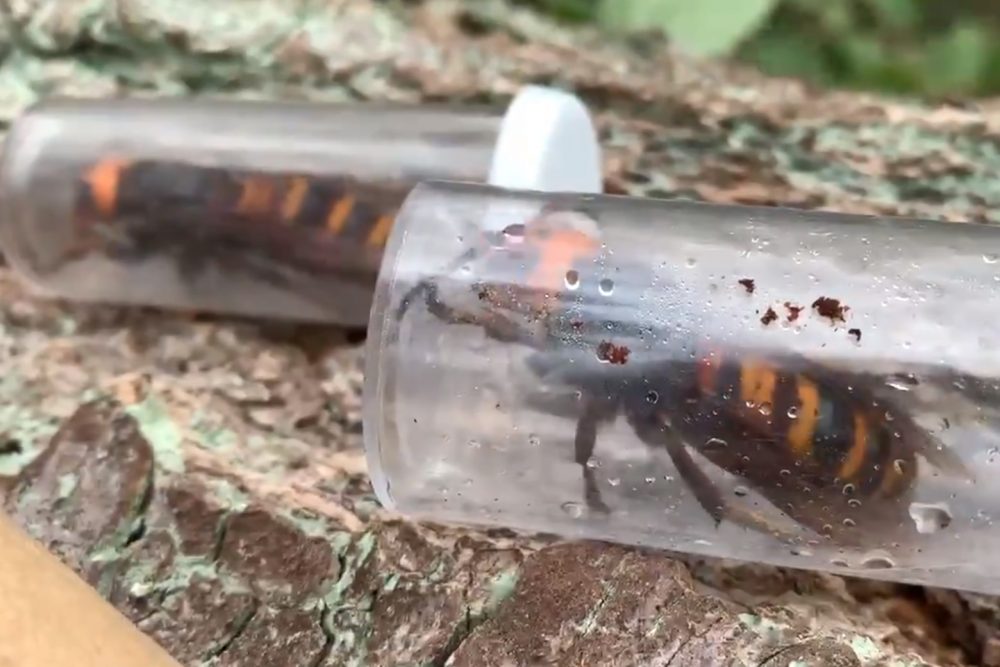Lisa Johnson

© Provided by Edmonton Journal
NDP Leader Rachel Notley said Wednesday that if private companies can't afford to cover drivers in Alberta it's time for the government to consider nationalized insurance.
NDP Leader Rachel Notley called on the UCP to freeze auto insurance premiums until 2021 on Wednesday, saying if private companies can’t afford to cover drivers in Alberta it’s time for public insurance.
Notley said government-run auto insurance is better for taxpayers, but it would be difficult to initiate while private companies occupy the market.
“When the insurance companies say (they) can’t possibly afford to provide insurance, ‘We’re going to leave the province,’ well, that sounds like it’s opening up a market for somebody else to provide something that would be less expensive and ensure that profits remain inside the province,” said Notley.
After the UCP government cancelled the former NDP government’s five per cent rate cap, it appointed a panel to look at what was ailing Alberta’s auto insurance market last December.
At the time, Finance Minister Travis Toews said offering government-run insurance such as B.C. and Saskatchewan do was not an option on the table. Jerrica Goodwin, the minister’s press secretary, confirmed Wednesday his previous remarks still stand.
In question period Wednesday, NDP Service Alberta critic Jon Carson called on the government to freeze rising auto insurance rates. Toews rejected the idea, saying any kind of rate cap would make the situation worse.
“The members opposite did not have the courage to fix the broken automobile insurance system,” said Toews, referring to Notley’s time in power.
The government is expected to introduce auto insurance reforms Thursday that Toews said will deal with the “cost pressures that are driving insurance premiums up in the province.”
But Notley said she is worried that the UCP government’s solution would be to capitulate to insurance companies at the expense of Albertans.
According to data from the General Insurance Statistical Agency , Alberta has the third-highest average rate of insurance premiums after British Columbia and Ontario, which saw an increase of $300 since 2015.
Industry representatives have argued that the former NDP government’s cap resulted in higher costs and less competition
NDP Leader Rachel Notley called on the UCP to freeze auto insurance premiums until 2021 on Wednesday, saying if private companies can’t afford to cover drivers in Alberta it’s time for public insurance.
Notley said government-run auto insurance is better for taxpayers, but it would be difficult to initiate while private companies occupy the market.
“When the insurance companies say (they) can’t possibly afford to provide insurance, ‘We’re going to leave the province,’ well, that sounds like it’s opening up a market for somebody else to provide something that would be less expensive and ensure that profits remain inside the province,” said Notley.
After the UCP government cancelled the former NDP government’s five per cent rate cap, it appointed a panel to look at what was ailing Alberta’s auto insurance market last December.
At the time, Finance Minister Travis Toews said offering government-run insurance such as B.C. and Saskatchewan do was not an option on the table. Jerrica Goodwin, the minister’s press secretary, confirmed Wednesday his previous remarks still stand.
In question period Wednesday, NDP Service Alberta critic Jon Carson called on the government to freeze rising auto insurance rates. Toews rejected the idea, saying any kind of rate cap would make the situation worse.
“The members opposite did not have the courage to fix the broken automobile insurance system,” said Toews, referring to Notley’s time in power.
The government is expected to introduce auto insurance reforms Thursday that Toews said will deal with the “cost pressures that are driving insurance premiums up in the province.”
But Notley said she is worried that the UCP government’s solution would be to capitulate to insurance companies at the expense of Albertans.
According to data from the General Insurance Statistical Agency , Alberta has the third-highest average rate of insurance premiums after British Columbia and Ontario, which saw an increase of $300 since 2015.
Industry representatives have argued that the former NDP government’s cap resulted in higher costs and less competition
















